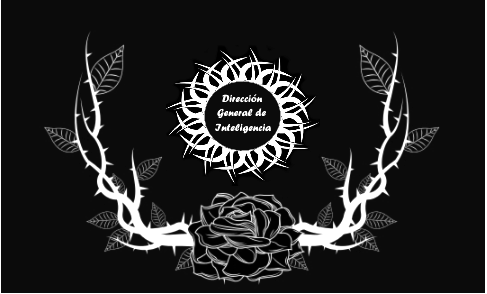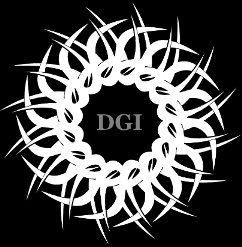Following the Cuban Revolution of 1959, formerly loyal anti-Batista forces were soon opposing Fidel Castro the new dictator of Cuba. With Raul Castro's prominent endorsement of Communist alliances and the failure of Eisenhower administration officials to capitalize on diplomatic solutions for dealing with the regime, the eventual leaders of later dissident groups would then seek Fidel Castro's government to be overthrown. Thousands of disenfranchised people throughout countries in the Western hemisphere would seek individually and using exile groups to wrest control of Cuba from its Communist government. Foreign officials, political groups, mercenaries, private donors, criminals, and agencies of the United States government supported them. Based on internal communications multiple groups were not just loosely organized passionate advocacy organizations but highly trained paramilitary groups who became legitimate domestic security concerns. The leader of one such group was Manuel Artime...
Read More












